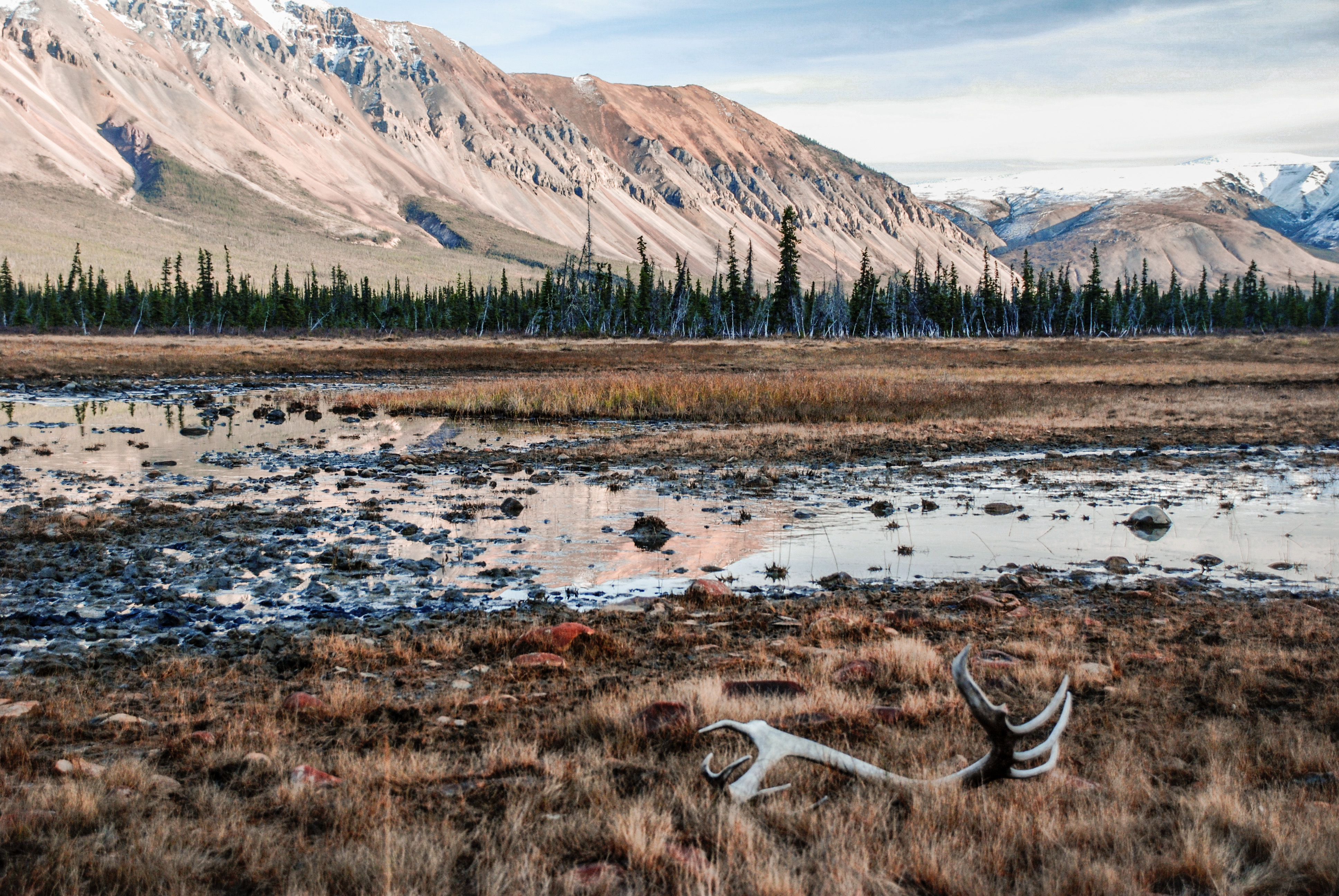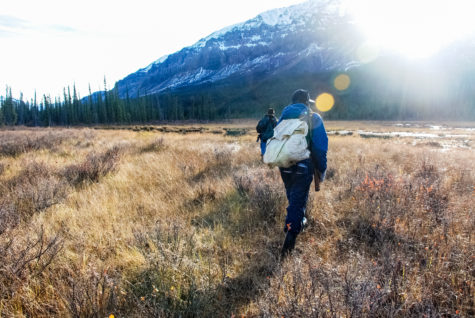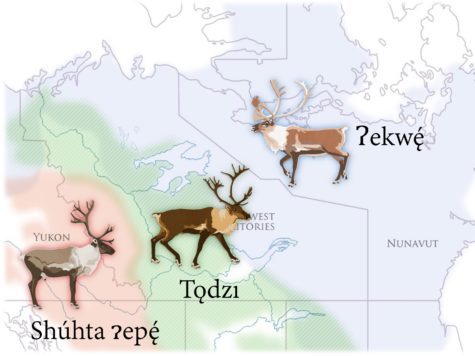 Few species are more frustrating to taxonomists than the North American caribou. Ranging from the Canadian Arctic to the Great Lakes, caribou vary enormously in size, color, antler shape, habitat, and behavior. Some aren’t much bigger than domestic dogs; others are almost big enough to rub shoulders with a moose. For more than two centuries, scientists have argued over the identities and distributions of caribou subspecies and populations, and while they now generally agree on the existence of four North American subspecies, naming criteria remains controversial and, in some places, wildly inconsistent. The confusion has consequences not only for science but also for the caribou themselves: Because some subspecies are protected by Canadian and U.S. endangered-species laws and others are not, names can determine destiny.
Few species are more frustrating to taxonomists than the North American caribou. Ranging from the Canadian Arctic to the Great Lakes, caribou vary enormously in size, color, antler shape, habitat, and behavior. Some aren’t much bigger than domestic dogs; others are almost big enough to rub shoulders with a moose. For more than two centuries, scientists have argued over the identities and distributions of caribou subspecies and populations, and while they now generally agree on the existence of four North American subspecies, naming criteria remains controversial and, in some places, wildly inconsistent. The confusion has consequences not only for science but also for the caribou themselves: Because some subspecies are protected by Canadian and U.S. endangered-species laws and others are not, names can determine destiny.
In 2012, a conservation biologist named Jean Polfus, a doctoral student at the University of Manitoba, arrived in the Sahtú region of Canada’s Northwest Territories. Polfus hoped to help ease the confusion over caribou by pairing a population genetics study with the hundreds of years of observations and knowledge accumulated by the region’s Dene and Métis people. But collaborations between Western scientists and local residents are often fraught: some Dene oppose scientists’ use of radio-collars in wildlife studies, and while visiting researchers often talk about including traditional knowledge into their work, only a few pay it more than lip service.
Polfus and her collaborators designed their project in cooperation with local Renewable Resources Councils, which are responsible for managing wildlife and habitat in the region and had recently passed a resolution supporting the incorporation of traditional knowledge and Dene law into caribou research.  Over several months and hundreds of public and private conversations with local residents, the researchers discussed and refined their plans.
Over several months and hundreds of public and private conversations with local residents, the researchers discussed and refined their plans.
“You’d better have a thick skin if you’re going to study caribou here,” one Sahtú man told Polfus before interpreting a conversation with his parents. But when he explained to them that Polfus was asking whether residents would be willing to collect caribou scat in exchange for gasoline gift cards, they thought at first they had misunderstood; then, they burst out laughing. “They said, ‘All you want is for people to pick up the poop, and you’re going to pay them for it?!’ They thought it was hysterical,” Polfus remembers. “But it was a great icebreaker, and ever since I’ve been known as the caribou poop lady—or just the poop lady.”
Polfus also spent months absorbing local knowledge about caribou, working with interpreters to understand the subtleties of caribou ecology that are contained in the Dene language. When she  analyzed the scat that she and local residents had collected, Polfus found that the patterns of genetic variation not only reflected the subspecies described by Western scientists, but also mirrored the types recognized by the Dene—types that are, in general, based less on appearance and more on the animals’ behavior. Polfus says the two sets of complementary criteria helped her interpret her results more accurately, and she hopes that together they will contribute to more effective conservation.
analyzed the scat that she and local residents had collected, Polfus found that the patterns of genetic variation not only reflected the subspecies described by Western scientists, but also mirrored the types recognized by the Dene—types that are, in general, based less on appearance and more on the animals’ behavior. Polfus says the two sets of complementary criteria helped her interpret her results more accurately, and she hopes that together they will contribute to more effective conservation.
“The Dene might identify a caribou by its relationship with other species like ground squirrels and ptarmigans—something that wouldn’t be picked up by a classically trained taxonomist, but is really important to how ecosystems work,” she says. Species concepts—and human language, for that matter—are imperfect tools for describing the infinite variety around us. Two languages, and their very different ways of seeing the world, get us a little bit closer to capturing it.
The collaboration also raised new research questions: One type of caribou described by the Dene—the “fast runners,” which coexist with mountain caribou but use different migration patterns—has no counterpart in Western taxonomy, and two of Polfus’ Dene colleagues plan to further investigate both its genetics and the language used to characterize it.
Polfus, who grew up in Wisconsin but has loved the landscape of the Far North since visiting Alaska as a child, is staying on in the Sahtú region: she has a postdoctoral fellowship to study ways of improving communication between wildlife managers and local residents, particularly young people, and she hopes the relationships she’s built as the “poop lady” will continue to guide her work. “There are kids in school who don’t know the Dene names for caribou—or the Western scientific names, for that matter,” she reflects. “How do we change that? Maybe we work with teachers,” she says, then laughs. “Maybe we use Snapchat.”
Top photo: A caribou antler lies near the Begádeé (Keele River) in the Mackenzie Mountains of the Northwest Territories, Canada.
Bottom photo: Young Dene hunters walk through the boreal forest of the Mackenzie Mountains to find caribou that have come down to the valley bottoms during the annual Fall Hunt.
Photos and range map of Dene caribou types by Jean Polfus. Used with kind permission.